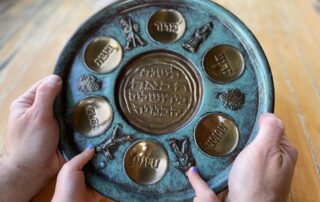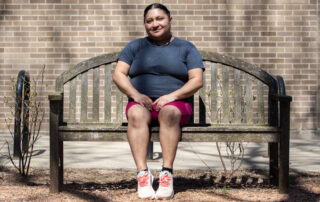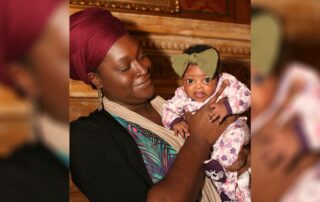Ryan Young grew up in the Ojibwe community on the Lac Du Flambeau Reservation in northern Wisconsin. Despite this tranquil Northwoods setting, Young had a complicated childhood. “I felt isolated in a sense that you know there weren’t other folks that identified like I did that I could talk to,” says Young.
Young never really felt connected to the Ojibwe culture nor understood why. As a teenager, Young was told to make a choice. “I was basically kind of like told you have to choose whether you want to be native or you want to be queer. At that moment, it was just devastating. The one time I meet someone who’s out and queer and I am handed that question.”
A few years later, a random computer search erased that burden, connected the dots and recast the doubts Young had been feeling. In college, Young’s random search of queerness in native history provided some answers and the introduction to the “Two-Spirit” term. “Two-Spirit” comes from the Ojibwe term Niizh Manidoowag. It embodies both the masculine and the feminine. It is a centuries-old Ojibwe phrase for queer native people and was adopted as a pan-indigenous term at a gay and lesbian conference in the 1990s.
Young felt an instant connection. “As soon as I saw that it was an Ojibwe word that just kind of clicked. Not only can I do this, this is my history, like this is my, my culture. That was probably the most empowering, figuring out that that I can exist, I can exist as both of these identities.”
Young now uses art to provide a voice for those still searching for answers. Young’s art focuses on identity, empowerment and representation. Something Young never experienced or saw growing up. “I still see my role as kind of helping and healing.” Young’s Two-Spirit art includes an exhibit with pieces carrying titles like: “My Queerness is Traditional,” “My Gender is Indigenous,” and “We Define Ourselves.”
In middle school and again at the University of Wisconsin, Young was told to abandon any aspirations of being an artist, “The advisor was like, ‘Well, I saw their work and they should just pick like a different major.’ So, I kind of withdrew from like from taking art courses.” Young ended up transferring to the Institute of American Indian Arts in Sante Fe, New Mexico.
Two years later, Young was back on the UW campus as a guest speaker talking about art. Today Young’s artwork hangs in institutes of higher education like the University of Illinois, Brown and Princeton.
Young says there is a lot of homophobia that exists in tribal communities, but it also exists everywhere. “A lot of people view it as something they’re told to be ashamed over that it makes you less than. It’s as normal for me as like being left-handed. We are valid and we exist. That’s, you know, that’s empowerment to me.”










